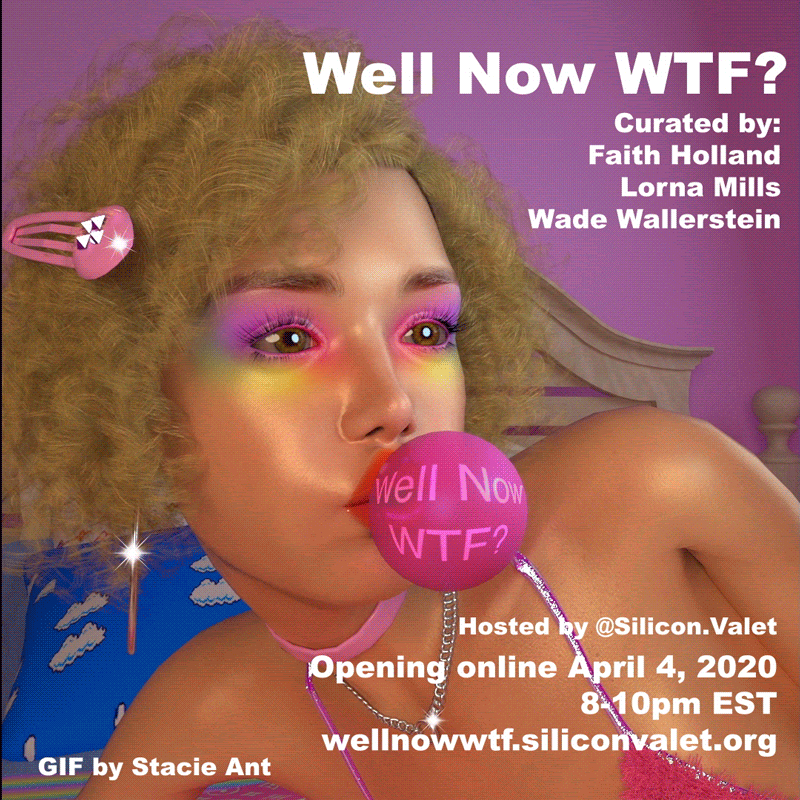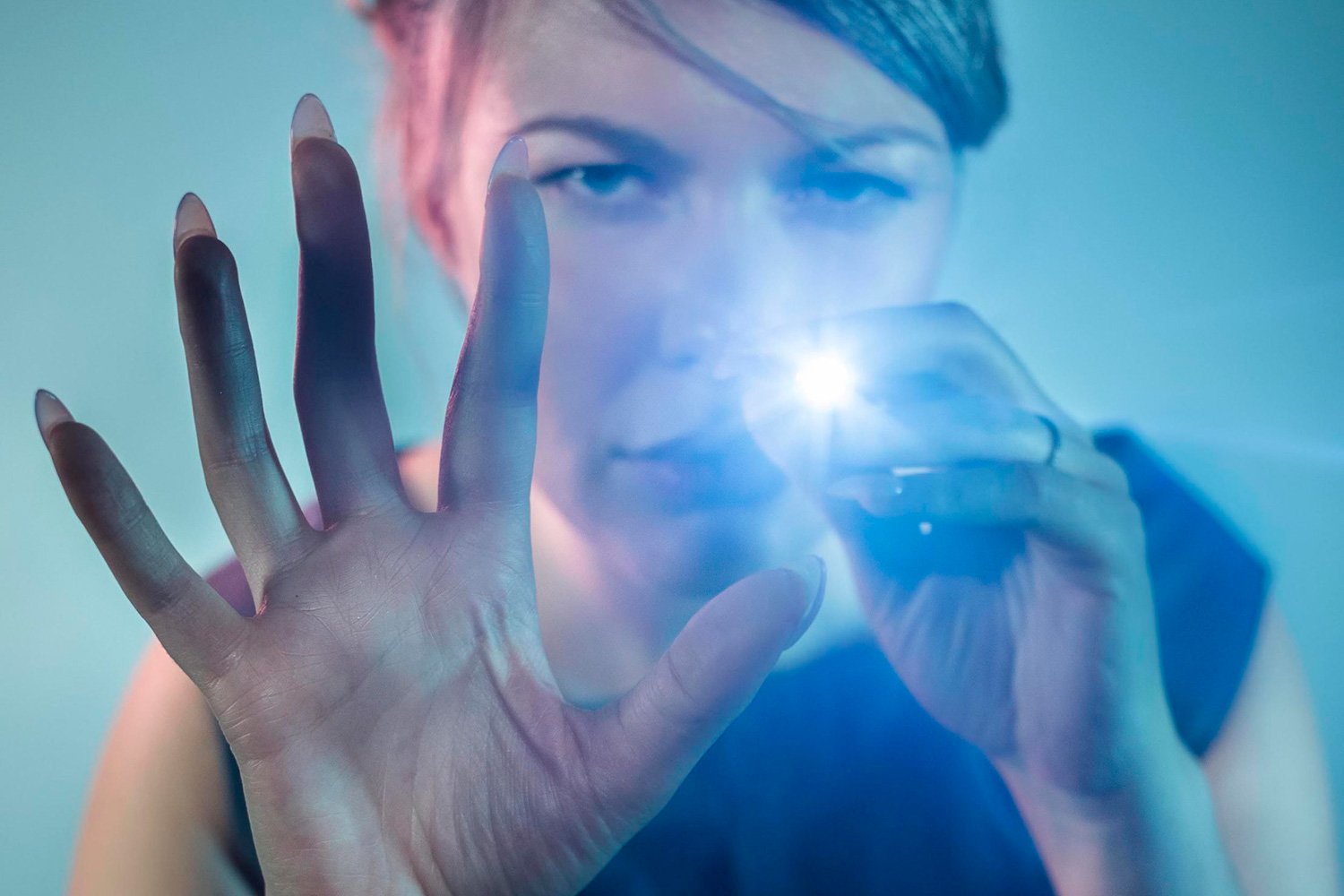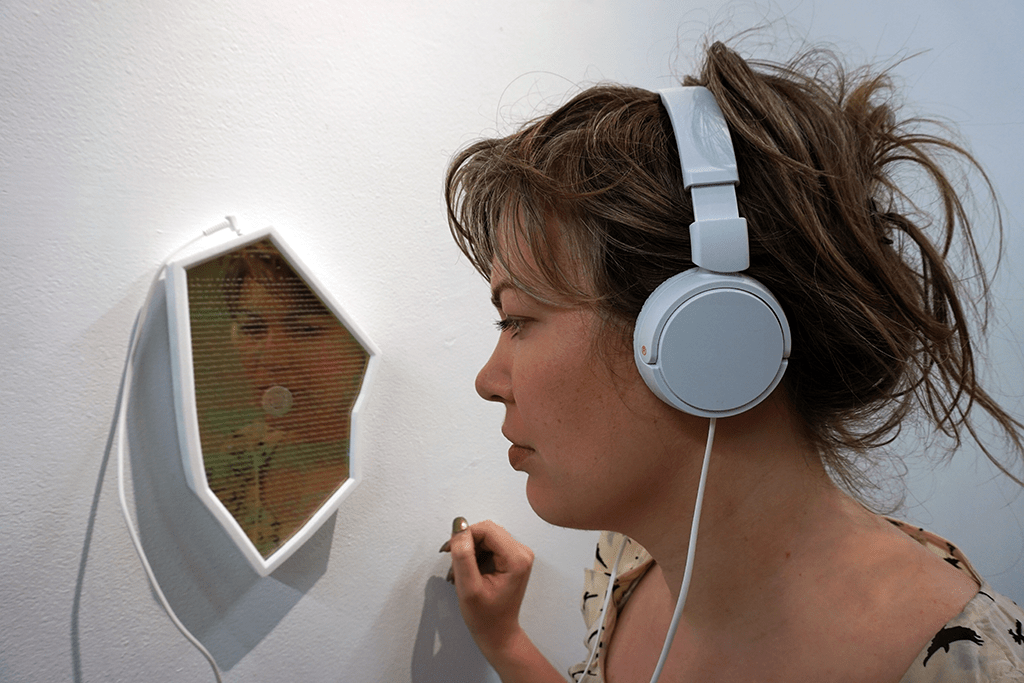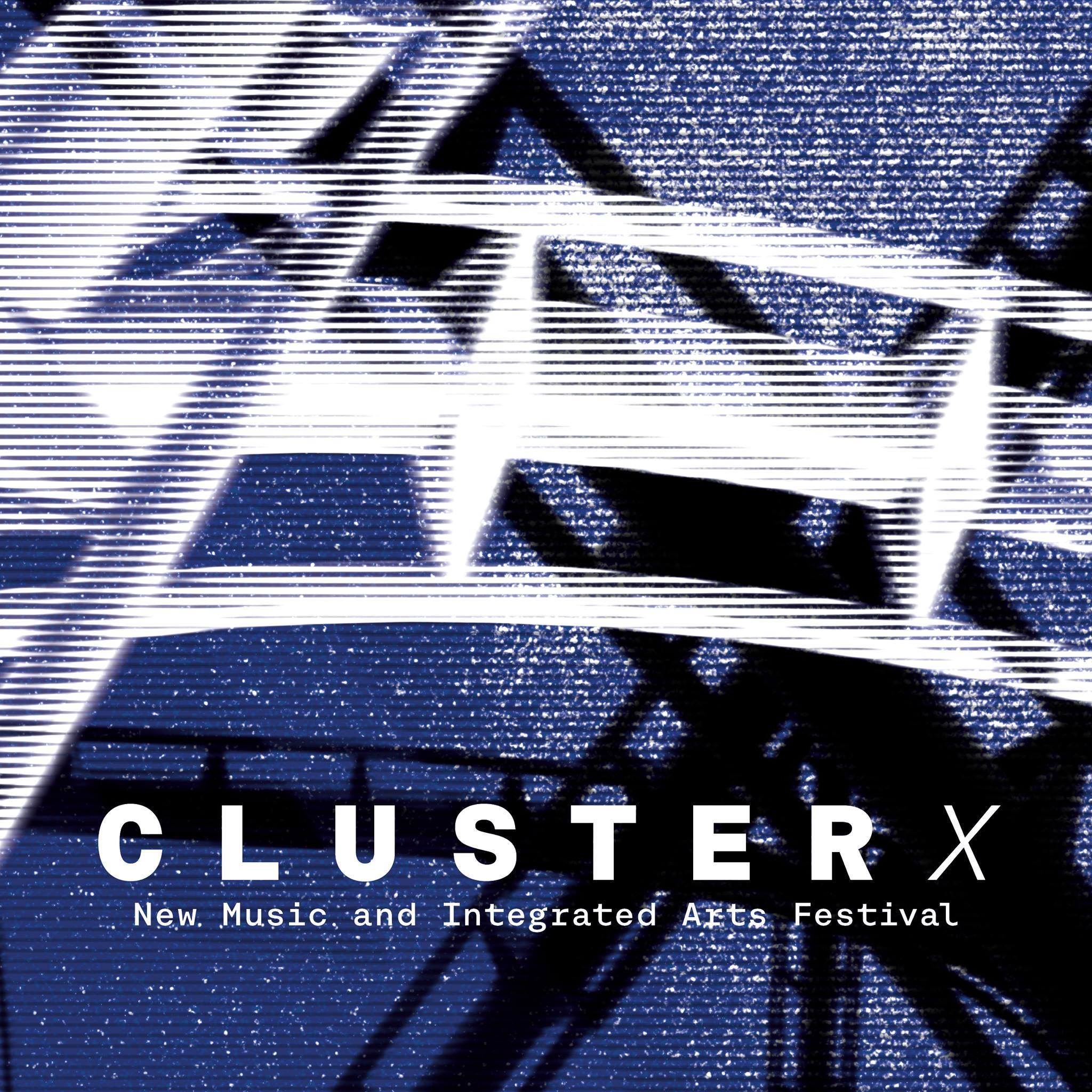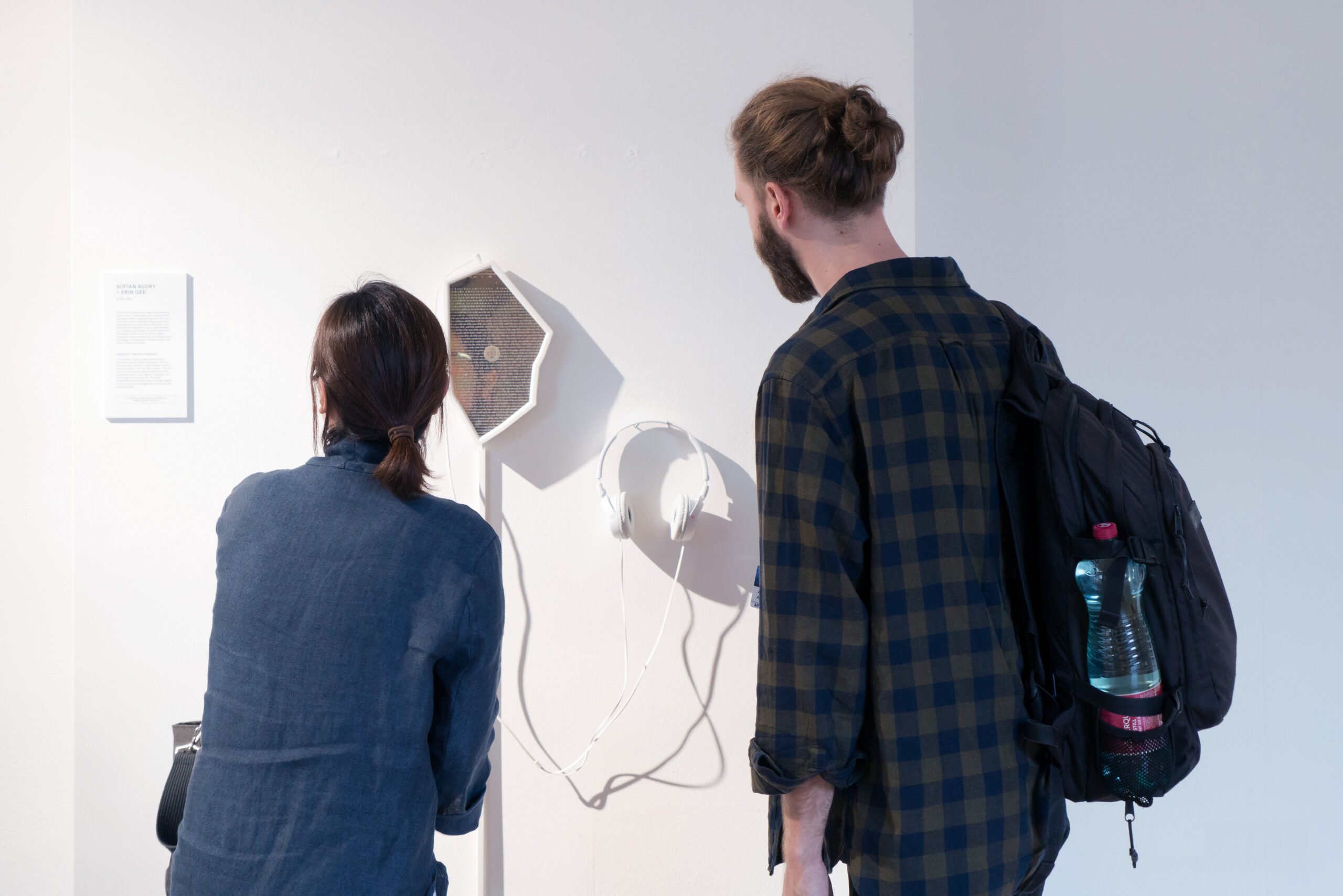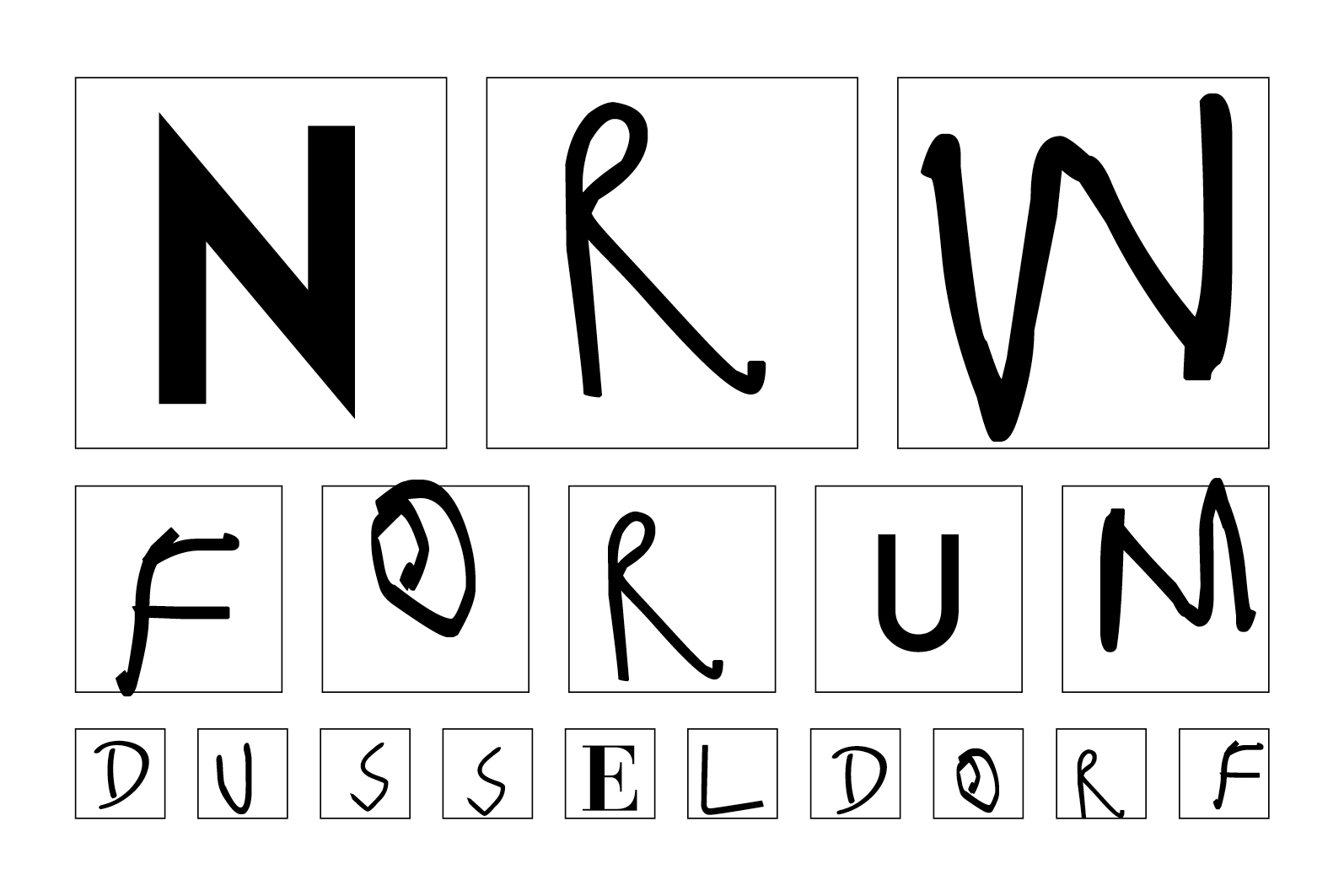Imagined Futures Festival: Warsaw
Digital Cultures Festival: October 17-25, 2020
of the soone (2018) made in collaboration with Sofian Audry, is featured amongst six other audio works as part of the Digital Cultures Festival in Warsaw, Poland. Organized by the Adam Mickiewicz Institute, the Digital Cultures Festival acts as an international platform for meetings between digital culture professionals and enthusiasts.
Audio Programme curated by Joseph Cutts featuring work by:
Rebekah Ubuntu
Karolina Bregula
Zorka Wollny
Katarzyna Krakowiak
Erin Gee & Sofian Audry
A programme of six provocative audio artworks from Polish and international artists that act as a users guide, with tools for support in your routine setup. This collection of artworks will entail field recordings, forms of ASMR, as well as meditation and direct methods of engagement. It will challenge the notions of what it means to be given guidance by something “or someone” or a release from the monotony of the current day-to-day conventional series of events.
A programme aimed at being tailored to the user’s personal needs, whether in a solitary state indoors or experiencing the sensations of the outdoors in tranquility.
Click here to access the festival’s website: https://digitalcultures.pl




